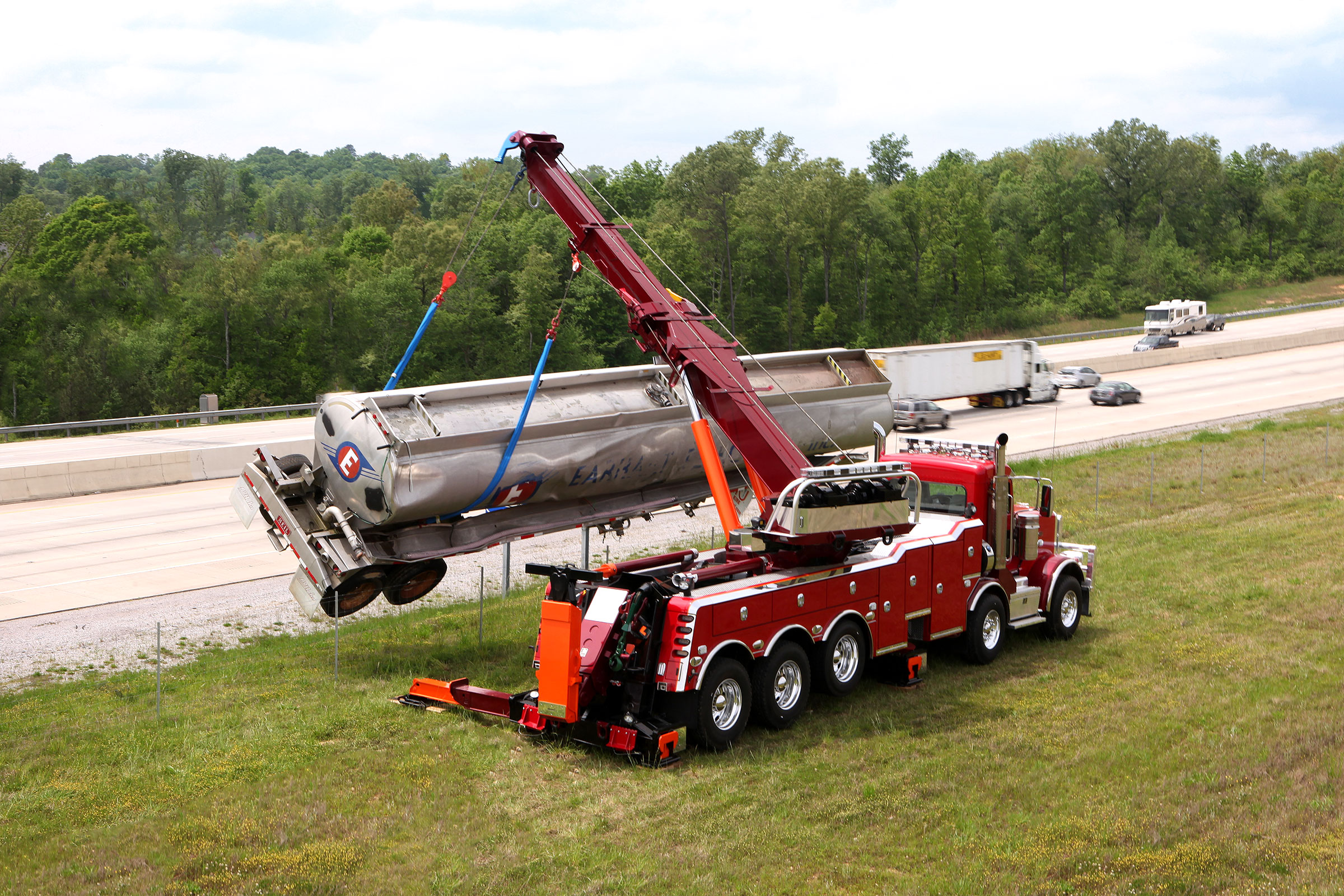California
Super Star Member
- Joined
- Jan 22, 2004
- Messages
- 16,634
- Location
- An hour north of San Francisco
- Tractor
- Yanmar YM240 Yanmar YM186D
After posting above about raising the railroad track to clear a taller undercrossing, I went to look for some specifics.
Trains Magazine has an article on this. It says rise/drop exceeding 1%, 1 ft per 100 ft, is rare on main lines.
And "...for each percent of ascending grade, there is an additional resistance to constant-speed movement of 20 lbs. per ton of train. This compares with a resistance on level, straight track of about 5 lbs. per ton of train. A given locomotive, then, can haul only half the tonnage up a .25-percent grade..." compared to level. [And the RR won't like that].
If the overpass is to be raised using that quarter-percent slope specification then that's 400 ft of rail line raised for each ft of rise at the overpass. For 400 ft on either side of the overpass. Times the number of feet raised.
Railroads don't want their route to be taken out of service for as long as that rebuild would take.
Looks like replacing the undercrossing with one far deeper, is the only solution that the railroad would accept. Cost to the local taxpayers would also include whatever modification the adjacent roads, and drainage, are needed to do the project to modern standards.
Trains Magazine has an article on this. It says rise/drop exceeding 1%, 1 ft per 100 ft, is rare on main lines.
And "...for each percent of ascending grade, there is an additional resistance to constant-speed movement of 20 lbs. per ton of train. This compares with a resistance on level, straight track of about 5 lbs. per ton of train. A given locomotive, then, can haul only half the tonnage up a .25-percent grade..." compared to level. [And the RR won't like that].
If the overpass is to be raised using that quarter-percent slope specification then that's 400 ft of rail line raised for each ft of rise at the overpass. For 400 ft on either side of the overpass. Times the number of feet raised.
Railroads don't want their route to be taken out of service for as long as that rebuild would take.
Looks like replacing the undercrossing with one far deeper, is the only solution that the railroad would accept. Cost to the local taxpayers would also include whatever modification the adjacent roads, and drainage, are needed to do the project to modern standards.

